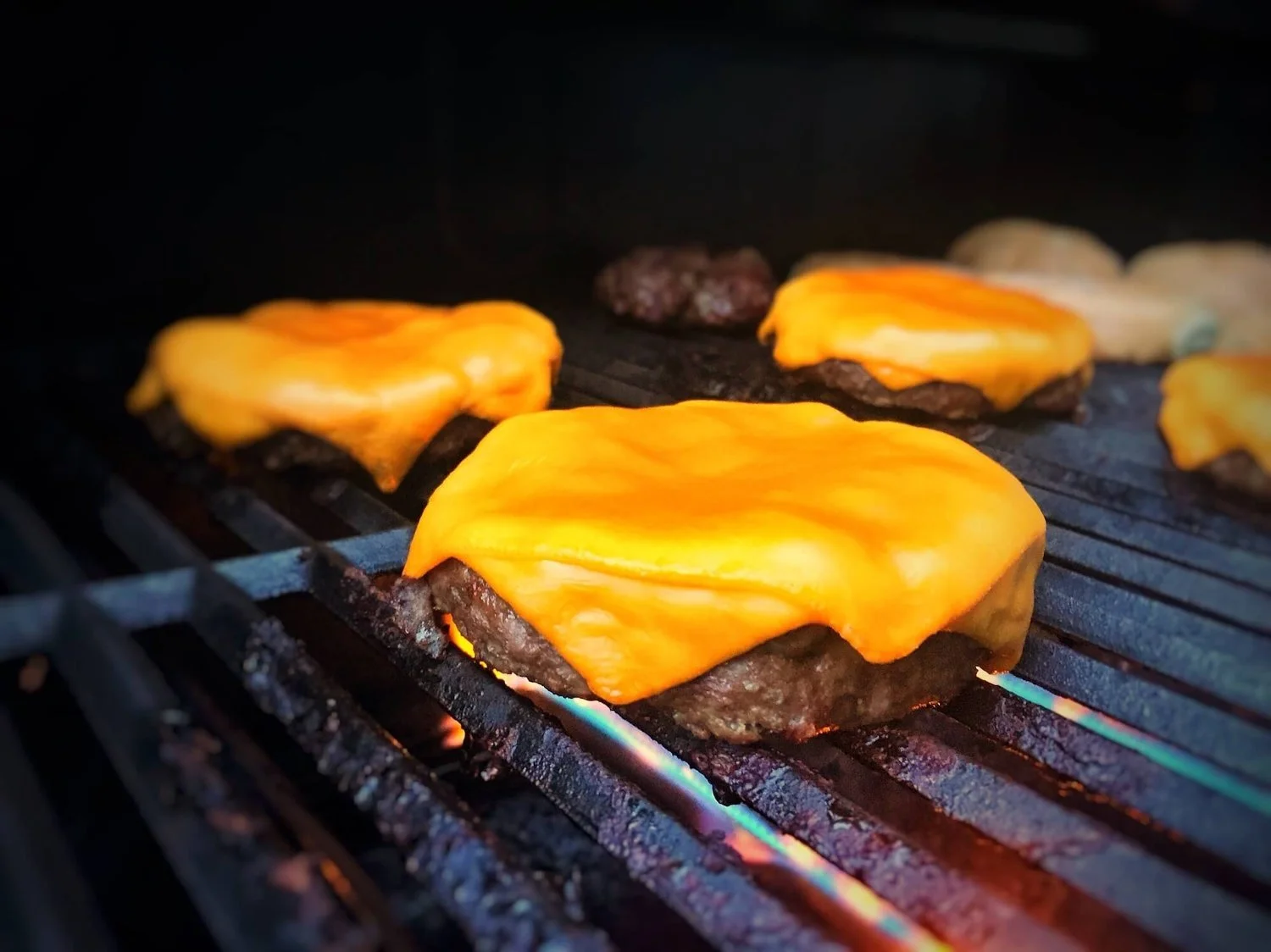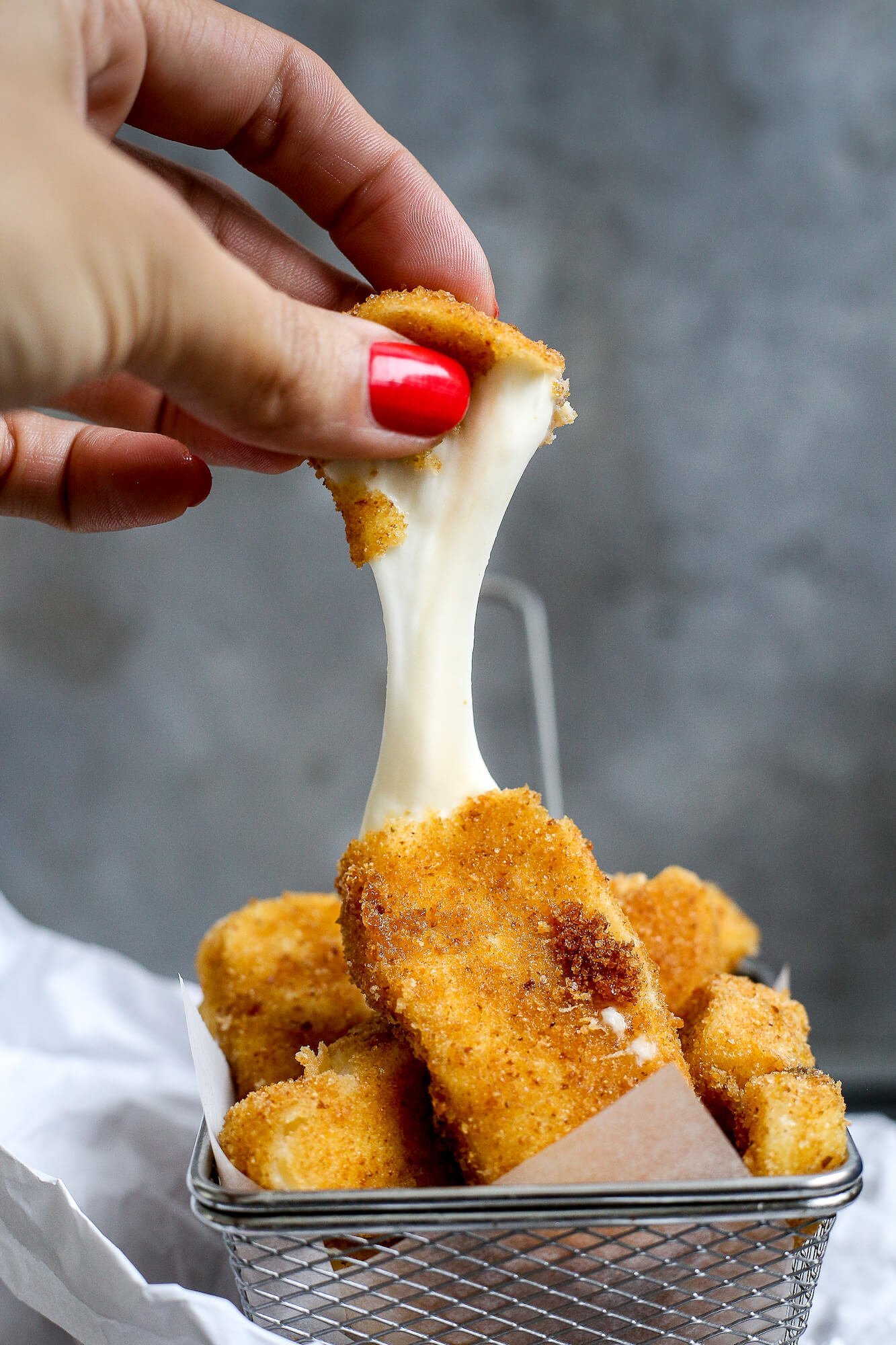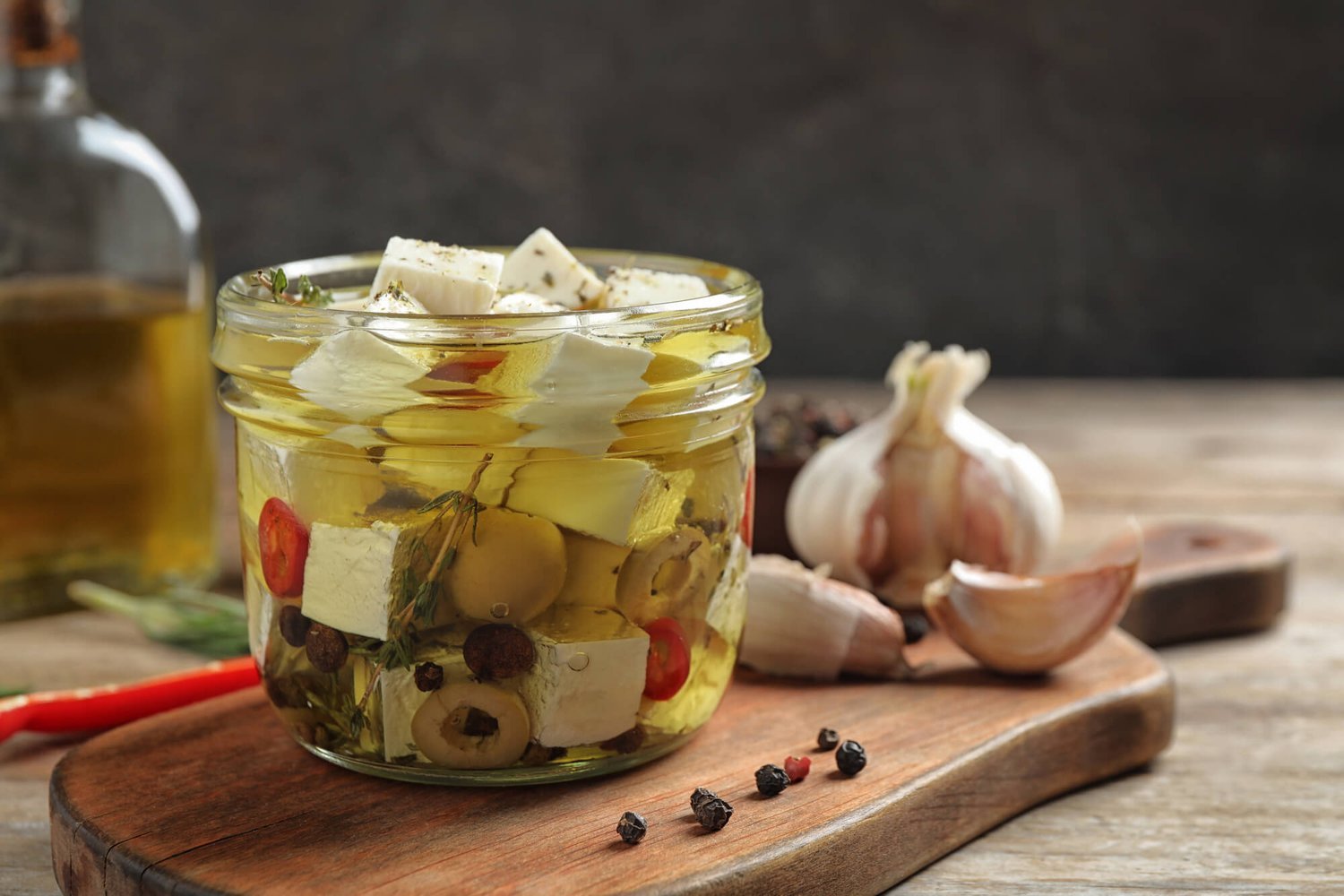The 3 Best Ways to Cook With Cheese This Summer.
Summer is the most exciting time of the year for eating! The sheer variety of fresh produce available means there are nearly endless recipe possibilities. Add in the ability to cook and dine al fresco, and you have seasonal culinary enjoyment that is hard to beat. Think creative salads with cheese and juicy summer watermelon and brined cheese.
Cheese is right at home on your picnic table or poolside snack platter. While the dog days of summer may mean lighter, brighter choices to help beat the heat, there is no shortage of great options. Fresh buffalo mozzarella for a caprese salad or briny feta tossed with fresh peaches and mint for a refreshing salad are delicious, but maybe a little bit predictable. Consider moving beyond the expected (consider this stone fruit and cherry tomato panzanella with fior di latte mozzarella recipe). With a little ingenuity, and a tiny leap of faith, your summer cheese game can take a step forward.
GRILL
When cheese meets grill, it can usually be summed up in one word - cheeseburger. While it’s true a well-made cheeseburger is a thing of beauty, and we have some recommendations for cheeses for cheeseburgers, involving cheese in your grilling can go way beyond meat patties.
Across the globe, cultures have been grilling cheese for hundreds of years. Greeks have been enjoying grilled kefalotyri since the Byzantine empire. Paneer has been a cooking cheese staple in India and Mexican cooks have been toasting slabs of queso panela over an open fire for centuries.
Halloumi from Cyprus is the gold standard for grilling cheese, developing a crispy, golden-brown crust as it cooks. Sicily’s ricotta salata is another cheese that handles grill heat really well. You’ll know it’s done when it shows those tell-tale char lines only a grill can impart.
The secret to successfully grilling cheese is choosing one that is dense and firm, which will keep its shape when exposed to the intense heat of the grill. Rather than melting as it cooks, the right cheese will instead sear on the outside and soften on the inside.
When you’ve chosen the cheese, be sure to cut it into thick slices. Then, brush on a little olive oil and it’s ready to grill. Feel free to use spices or herbs to add flavor. Sprinkle on dried oregano, sea salt, and grated lemon peel for a Mediterranean twist, or hot paprika for a spicy treat. For more suggestions, check out these suggestions for great grilling cheeses.
FRY
Have you ever been making a grilled cheese sandwich and some cheese falls out of the bread onto the hot skillet? As it melts it transforms into an irresistibly bubbly, aromatic morsel. Some even think it’s the best part.
Frying cheese is a great way to create an appetizing dish everyone will love. The most famous version of fried cheese is the classic mozzarella stick. Coated in egg and bread crumbs it remains crunchy on the outside, even as the interior melts down into gooey ribbons.
Other versions of frying cheese skip the breading, opting instead to let the surface of the cheese hit the pan directly. Greek Saganaki turns a thick slab of kefalotyri or kasseri into a hot treat that is crusty on the outside and soft on the inside in under 10 minutes. A dip in cold water and a toss in flour is all it takes. Served with a wedge of lemon and a green salad, it becomes a delicious summer lunch or appetizer.
As with picking a cheese for grilling, make sure to choose versions that are firm enough to withstand the heat of the pan, but not so overly aged or dried that they don’t soften in the middle as they cook.
MARINATE
If the thought of turning on a grill or range to cook is just too much to bear, marinating cheese may be the way to go. The simple process of letting cheese soak in olive oil and aromatics turns a chunk of feta or goat cheese into an irresistible snack or picnic centerpiece.
Choosing the right cheese to marinate can be as simple as considering what would taste great covered in olive oil. In general, hard cheeses are too dense to benefit from any marinating. Try to avoid French Comté or clothbound cheddar, for example. Also try to avoid soft cheeses that won’t hold their shape during the subtle heat required to get the oil and aromatics to meld together. No Camembert, please. Instead, think of cheeses that are a little permeable and can let that delicious oil seep in a bit. Logs of fresh chévre are perfect, and feta is an excellent choice as well. Mozzarella balls work if you’re careful with the heat.
From there consider the flavor profile of the aromatics flavoring the cheese. There are nearly endless combinations, allowing for an incredible range of flavors. Fresh goat cheese is a great palate for fresh herbs like thyme and basil. Add spices to create more complex flavors. Black peppercorns, mustard seeds and red pepper flakes all bring a tangy backbone. Maybe add lemon peel to keep everything light and bright. Salty cheeses like feta can benefit from more intense flavors like dried chiles, crushed garlic, and mint.
Next, gently warm enough olive oil to cover the cheese in a small saucepan over low heat and add all the ingredients except for any fresh herbs. (Those are added after heating to keep their flavors fresh.) Let everything simmer for 10 to 15 minutes, then let it cool slightly. Pour it over the cheese in a suitable container, add any herbs, and let it marinate for at least 6 hours to enjoy it that same day. Looking for it to last longer? Keep it in the fridge for at least 24 hours to let the flavors seep in.
Originally published on www.cheeseprofessor.com.




